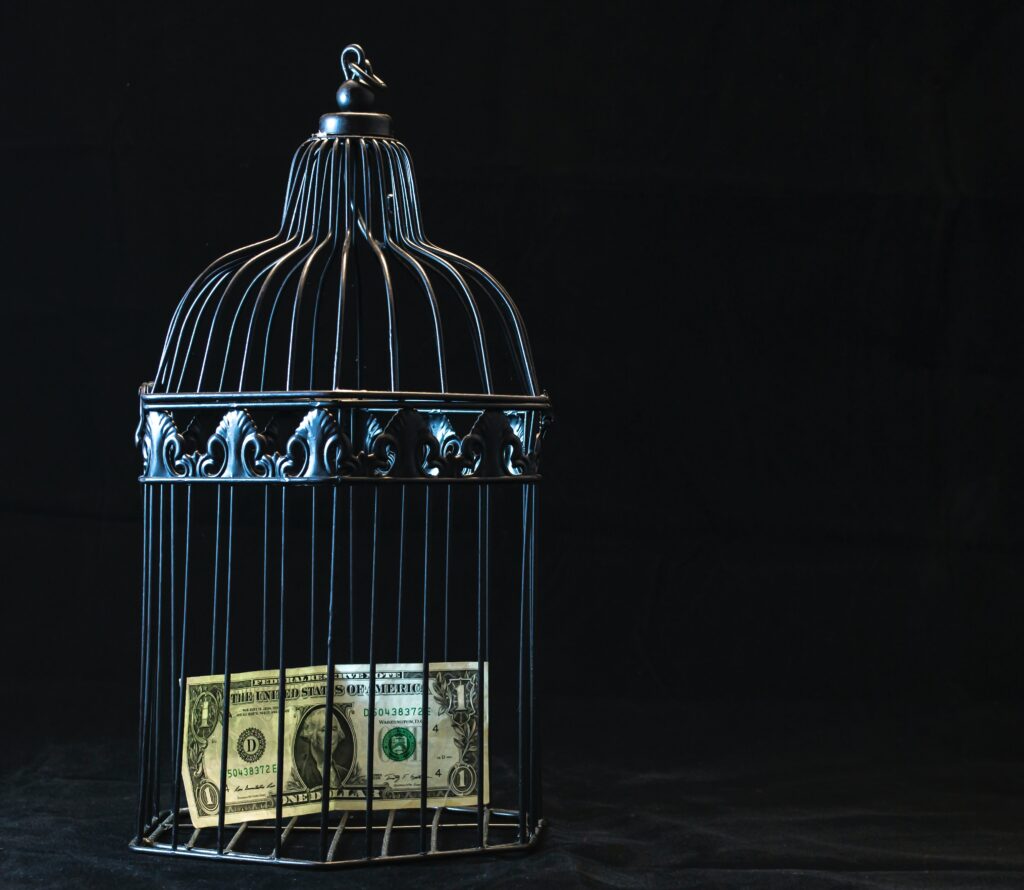
Sounds really impressive, doesn’t it? The PRIME interest rate. That makes it seem like it is the rate that all others are based on. Kind of, but not really.
Banks lend money to one another all the time. They have to keep a certain amount of reserve, by law. With individual peoples’ deposits and withdrawals, banks sometimes have extra reserves which they can loan to other banks. They demand an interest rate just like you might if you made a loan to a friend. You hope this friend will pay you back, but there is a risk that he doesn’t, and you lose your money. That jerk might advantage of your generosity. So, you decide how likely it is that he won’t pay you back and what amount of money you need to be paid to compensate you for that risk.
Luckily, the large banks nearly always pay their debts to other banks so their perceived risk is low and the rate they charge is low. Each bank can set its own rate, though. Media that publish some sort of average of the banks they select as the prime interest rate (seems like it should be capitalized, doesn’t it). The Wall Street Journal prime rate is one. The important thing to remember is that the prime rate is just someone reporting what the typical rate is at that time.
The Federal Funds Rate
When it’s in the news, what we hear is that “The Fed” has increased interest rates. What they kind of mean is that The Federal Reserve has increased the federal funds rate. But, it really means that the committee (the Federal Open Market Committee), of which the federal reserve chairman is usually the chair, has decided to make a move to stimulate the economy or decrease inflation. There is no lever that they pull. What happens is that they either buy or sell a certain number of government securities. When these are bought, cash in the market goes into the Federal Reserve. Less money is available for banks to loan, so their rates naturally go up. The Fed can do the opposite by buying securities and adding cash into the market.
The Fed is a big bank, and these changes make headlines. These guys don’t have direct control over what your local bank’s mortgage rate is, but there is indirect effect. They do have other ways to have an impact, but they are beyond the scope of this article.
How Does the Prime Rate Affect My Mortgage?
Your bank often times sets its rate as some percentage above the prime rate. If it has to borrow the money, it needs to charge you more in order to make a profit. If you got an adjustable rate mortgage (ARM), in the small print, it will declare what reporter of the prime rate is used. HELOCs, which I love, are usually set this way.
The bottom line is that if the Fed buys up a bunch of securities, it will have the effect of raising the federal funds rate. Banks will have more difficulty finding money to borrow and their inter-bank rates will increase. This move then increases the prime interest rate. Banks will then increase the rate that they charge to their customers. It all happens in the background and no individual part controls other parts. They all have an influence. Isn’t it crazy that something requiring as much precision as our financial system relies on so many imprecise moving parts?

